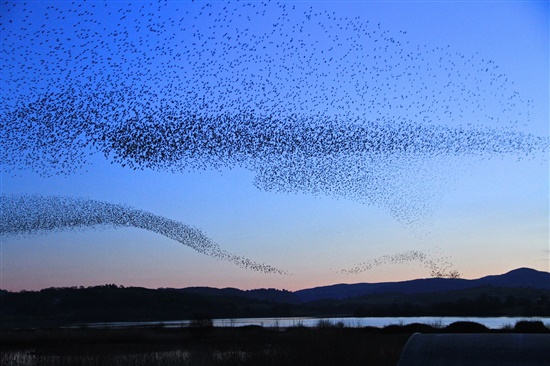
It's definitely felt like Spring this week, with blackthorn starting to flower, the cotton-like buds of willows emerging, and my nose caught the coconut-scented aroma of gorse flowers this morning. Wonderful!
The dawn chorus is starting to build, with robins, dunnocks, song thrushes and blackbirds declaring their presence, and some territorial scrapping around the reserve. The trees in Coed Benarth, on the west…